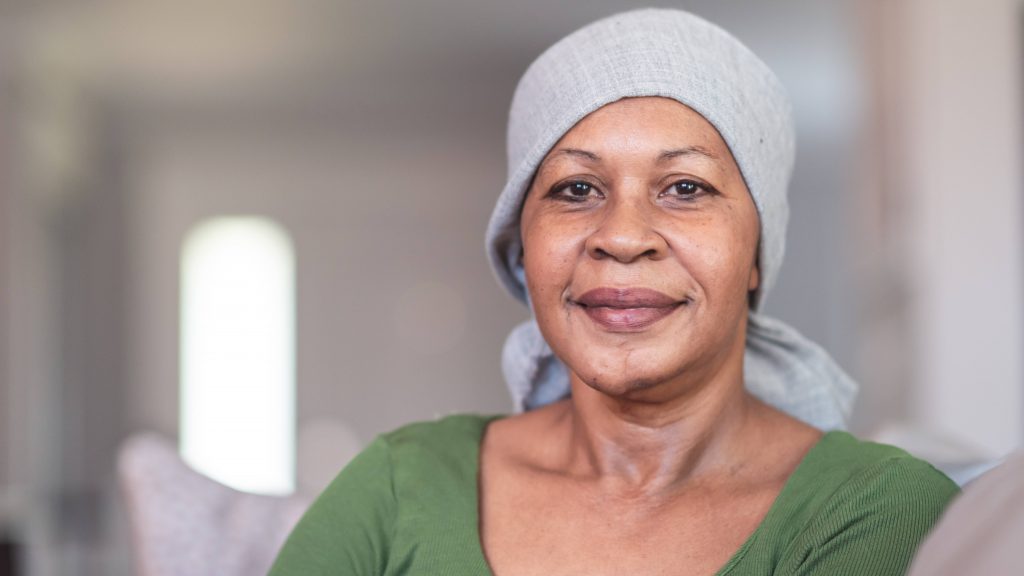-
Cancer
Mayo Clinic Q&A podcast: The link between racial disparities and cervical cancer

While the rate of cervical cancer has been declining for decades in the U.S., health disparities persist. Hispanic women have the highest incidence rate of cervical cancer, followed by non-Hispanic Black women, according to the American Cancer Society. And Black women are more likely to die from the disease than women of any other race or ethnicity.
"Race is a social construct. There really isn't a genetic difference that is causing Black women to, unfortunately, die at higher rates of cervical cancer," explains Dr. Olivia Cardenas-Trowers, a Mayo Clinic urogynecologic surgeon and women's health provider. "It really has to do more with the historical background of racism and systemic racism. These disparities have infiltrated the health care system and have affected these women's access to resources, and therefore some of the health care that they need. And this trickles down into poor outcomes, essentially."
Disparities that affect a women's access to health care can include transportation, health literacy and trust in their health care provider.
Dr. Cardenas-Trowers says addressing barriers to health care is key, so that all women, including Black women, receive regular routine screening. Screening helps identify cancer early, which leads to better outcomes.
"It's important to address the factors that lead to poor outcomes for Black women — making sure that they have support and access to screening, access to the results, and resources if any follow up or intervention is needed," says Dr. Cardenas-Trowers.
On the Mayo Clinic Q&A podcast, Dr. Cardenas-Trowers discusses why disparities exist and what Black women can do to reduce their risk of cervical cancer.
Watch: Dr. Cardenas-Trowers discuss black women and cervical cancer.
Learn more about cancer disparities research.
For the safety of its patients, staff and visitors, Mayo Clinic has strict masking policies in place. Anyone shown without a mask was recorded prior to COVID-19 or recorded in an area not designated for patient care, where social distancing and other safety protocols were followed.
For more information and all your COVID-19 coverage, go to the Mayo Clinic News Network and mayoclinic.org.








